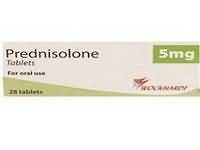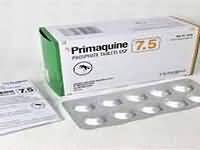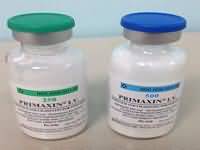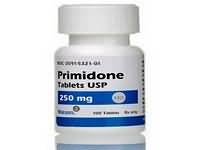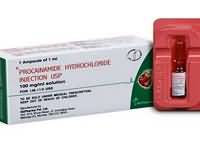Pioglitazone
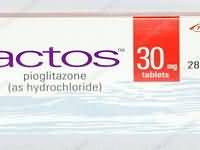
CLINICAL USE
Treatment of type 2 diabetes mellitusDOSE IN NORMAL RENAL FUNCTION
15–45 mg dailyPHARMACOKINETICS
DOSE IN RENAL IMPAIRMENT
GFR (mL/MIN)
DOSE IN PATIENTS UNDERGOING RENAL REPLACEMENT THERAPIES
IMPORTANT DRUG INTERACTIONS
Potentially hazardous interactions with other drugsADMINISTRATION
Reconstition
–Route
OralRate of Administration
–Comments
–OTHER INFORMATION
Liver function tests should be measured prior to initiation of therapy and then every 2 months for the first 12 months, and thereafter at regular intervalsPioglitazone should not be used in patients with heart failure or history of heart failure; incidence of heart failure is increased when pioglitazone is combined with insulin. Patients should be closely monitored for signs of heart failure.
See how to identify renal failure stages according to GFR calculation
See how to diagnose irreversible renal disease
Home
